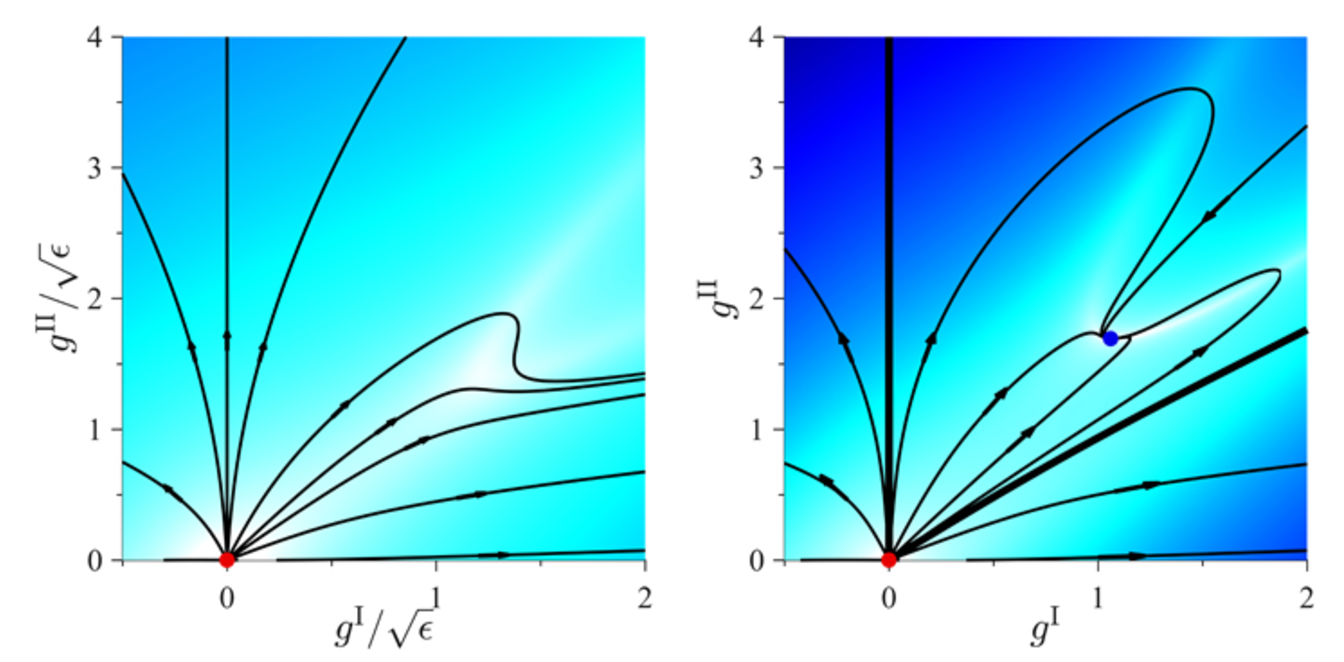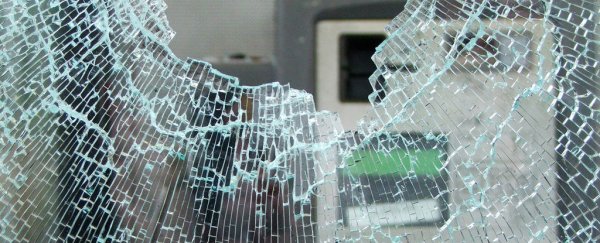A 30-year debate has just been reignited by a physicist who appears to have found a mysterious new state of matter in an ordinary piece of glass.
For decades, this unexplained phase transition has been sought in real-life materials, and now that we have evidence for it, scientists around the world are trying to understand what it could mean for all kinds of disordered systems in the Universe, from liquids and gases, to grains and galaxies.
The discovery, led by physicist Sho Yaida from Duke University, could take the strange new state of matter out of the hypothetical realm of infinite dimensions, and into reality.
And it's created quite a stir in the physics community.
"We found hints of the transition that we didn't dare say was evidence of the transition because part of the community said that it could not exist," says one of the team, Patrick Charbonneau.
"What Sho shows is that it can exist."
The mystery is based on the fact that if you zoomed down into a crystal to see its underlying structure, you'd find a perfectly ordered and symmetrical array of atoms. But peer into a regular piece of glass, and you'll find nothing but chaos.
This makes studying glass, and other materials that display a similar lack of atomic order, incredibly difficult, because right now, there are no established theories to explain their behaviour in response to factors such as heat or breakage.
When Yaida and his team investigated this random mess within a regular piece of glass, they realised its internal structure is even stranger than we imagined - it appears that the material undergoes a strange phase transition at low temperatures that gives rise to a new state of matter.
According to their calculations, this new state could influence how the material will respond to things like heat and sound, and how and when it will break under pressure.
The phase, known as replica symmetry breaking, has previously been demonstrated in hypothetical systems with more than six dimensions - something that's never been found in our Universe.
But this time, the Duke researchers showed that it could occur in very real objects with just three spatial dimensions.
"I knew this could cause trouble," Charbonneau told Ryan F. Mandelbaum at Gizmodo.
"I didn't know to what extent. I knew the reputation of the problem but didn't know the personalities. I didn't know who was going to be happy, who was going to be convinced, and who would push back."
Based on their calculations, the team found that there was a point in glass at low temperatures where atoms arrange themselves in several different configurations all over the structure of the material.
In other words, it's not just one chaotic arrangement - replica symmetry breaking creates a whole bunch of random patterns.
And for the first time, Yaida was able to find a 'fixed point' in three dimensions in his calculations - a key prerequisite for the existence of a phase transition.
Below you can see earlier calculations (left), which had failed to find a fixed point in three dimensions, and Yaida's calculations on the right, which have found the fixed point where the lines overlap:
 Sho Yaida
Sho Yaida
"Moments like these are the reason why I do science," he says in a press statement.
"It is just a point, but it means a lot to people in this field. It shows that this exotic thing that people found in the seventies and eighties does have a physical relevance to this three-dimensional world."
But not everyone is convinced. UK physicist Michael Moore from the University of Manchester has been searching for this phase transition in a different system, called spin glass, and says the proof provided by the Duke team is not enough.
"I don't think the paper is wrong. It's just very speculative," he told Gizmodo. "I wouldn't claim ours is rigorous either. But it indicates that it's unlikely that their scenario is correct."
Physicist M. Lisa Manning from Syracuse University voiced similar objections to the calculations being seen as complete in their current state, but thinks Yaida and his team are on the right track.
The real test will be if the researchers can use their predictions to actually go hunting for this new state of matter - if they can do that, we'll have more than just maths to demonstrate the atomic weirdness that cooled glass gives rise to, and the new applications that could open up.
"The fact that this transition might actually exist in three dimensions means that we can start looking for it seriously," Charbonneau says in a press statement.
"It affects how sound propagates, how much heat can be absorbed, the transport of information through it. And if you start shearing the glass, how it will yield, how it will break."
The research has been published in Physical Review Letters.
